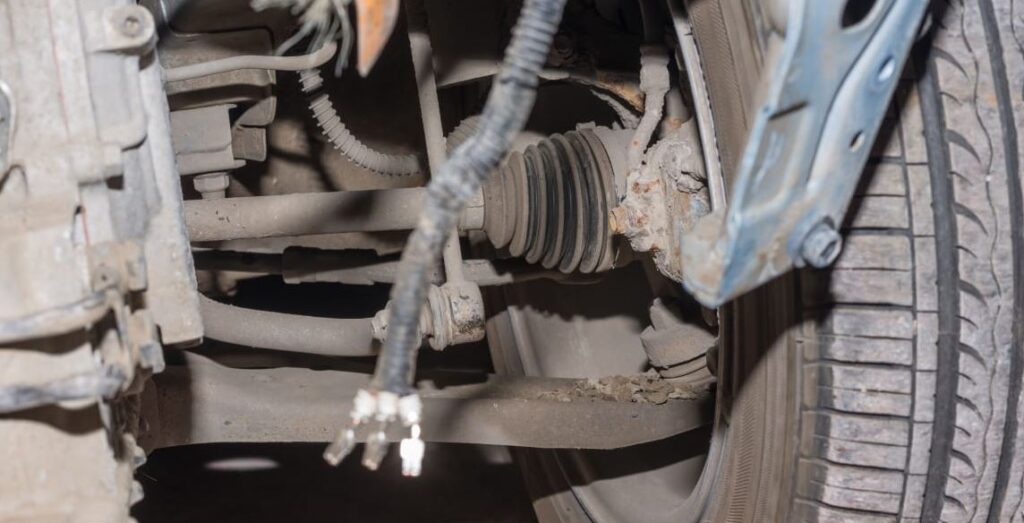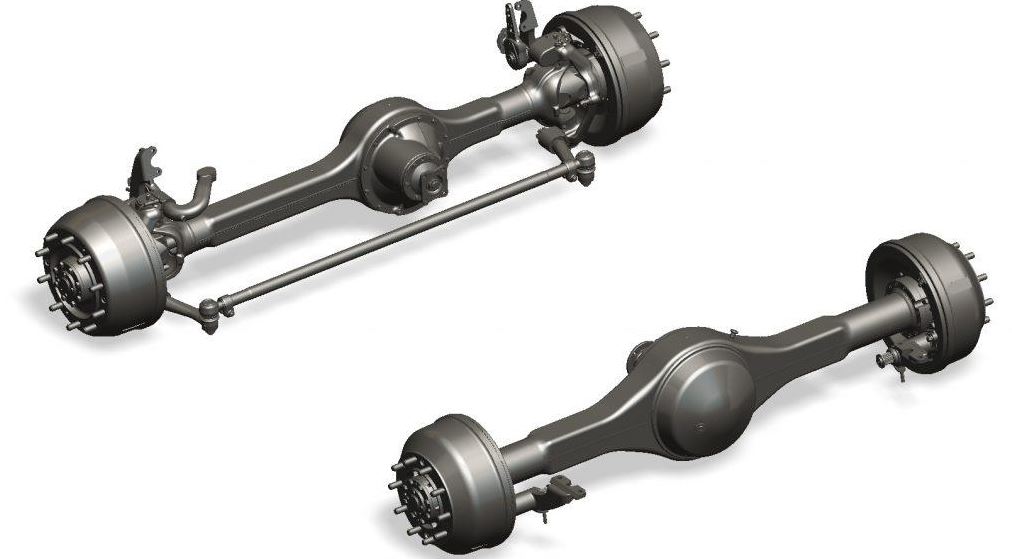Last updated on January 13th, 2023 at 08:35 pm
Are trying to find the location of automatic transmission speed sensor, if yes, then this post will address the query Where is the automatic transmission speed sensor located and how to test transmission speed sensor of your vehicle.
The primary function of the speed sensor in the transmission is to detect a gear or target wheel and produce an electric digital signal. This digital signal Is usually proportional to rotational speed. The transmission controls use this information to change different transmission functions.
Where is the automatic transmission speed sensor located
The location of the automatic transmission speed sensor is on the long- side of your output shaft just close the longitudinal transmission mount of your car. To find the Speed Sensor, simply look inside the gearbox case. It is on the passenger side of the output flange. Transmission: automatic On the right side of the transmission, near the output shaft, is the Vehicle Speed Sensor.
The transmission speed sensor measures the RPMs of the gearbox’s shaft. In this instance, it is possible that the sensor can be cleaned rather than replaced.
Read this: Transmission Fluid Leaking From Bell Housing, In Front & Flywheel?
Article Roadmap:
- How to test transmission speed sensor?
- Can wheel speed sensor affect transmission?
- How long can you drive a car with a bad speed sensor?
- What are the symptoms of a bad speed sensor?
- What could happen when driving without speed sensor?
How to test transmission speed sensor?
In this section, we will be breaking down the steps required to troubleshoot your transmission speed sensor. At any point, if you notice a problem with the speed sensor in your vehicle, follow the steps laid out below.
- Check for any problem codes associated with the transmission speed sensor using an OBD2 scanner.
- If there are, you have a problem. It will be necessary to replace the component.
- You’ll need to physically examine the sensor if there are no codes or if your automobile is from the Reagan era.
- The transmission speed sensors may be found towards the front and back of the gearbox casing. Again, consult your vehicle’s maintenance manual.
- As directed in your car’s maintenance manual, disconnect the sensor from the gearbox case and the wire coupling on the sensor.
- Connect the probes to the ground and reference wires in the connection using the voltmeter on the multimeter.
- The sensor is defective if no voltage is obtained.
- If voltage is detected, the vehicle should be diagnosed by a competent technician.
Can wheel speed sensor affect transmission?
Yes, the PCM will be unable to regulate the shifting of gears inside the gearbox without a proper speed indication from these sensors. And the transmission may change jerkily or more quickly than usual due to this. A failure with these sensors might also affect the shift timing, lengthening the time between transmission shifts.
A hydraulically operated automatic gearbox is meant to work smoothly. However, internal components like valve bodies, hydraulic lines, and, in certain situations, mechanical gears can be damaged when the gearbox changes hard.
Sidenote:
A malfunctioning speed sensor is likely to have a direct influence on automatic gearbox performance. An irregular automatic gearbox function is one of the most prevalent indicators of a defective speed sensor. Delay shifts, challenging shifts, and restricted gear operation are all indicators of a defective VSS. How To Shift Gears In An Automatic Car and Manual Transmission cars
How long can you drive a car with a bad speed sensor?
Driving a car with a broken wheel speed sensor is dangerous. Because the car’s computer will not detect your vehicle’s speed, it may use the brakes more aggressively than required or boost engine power.
The consequences vary depending on the automobile type, but driving too quickly for the conditions might result in an accident. A malfunctioning transmission speed sensor, as previously indicated, causes jerky and difficult gear changes, as well as the loss of an accurate speedometer.
All of this adds up to a risky journey, which is further riskier because your vehicle is likely less efficient and emits more hazardous pollutants.
What are the symptoms of a bad speed sensor?
1. Problems in Starting a Business:
Speed sensors are frequently an essential part of a vehicle’s timing. For example, the ECU will not know when to fire the spark plugs if it does not know the position of the crankshaft or camshafts.
2. Traction Control Light is one
The traction and stability control lights may also illuminate in addition to the ABS light. This is because the ECU may not have enough data to determine the relative speed between the driven wheels if each wheel does not provide accurate information.
3. The Check Engine Light is On:
Certain cars include redundant sensors, allowing them to start and run even if one of the speed sensors fails. A check engine light with a code should illuminate in these circumstances, indicating which speed sensor is malfunctioning.
4. Shifting at a Slow or Harsh Pace:
The transmission control unit (TCU) may struggle to determine when or how rapidly to shift gears without a speed sensor. As a result, it’s possible that you’ll have a difficult time shifting or that you won’t be able to shift at all.
What could happen when driving without speed sensor?
Driving a car with a damaged or worn-out wheel speed sensor is dangerous. If your ABS light turns on, you won’t notice much of a difference in the way your car handles at first unless you’re driving on slick pavement. When conventional brakes are still working, so it may not appear to be a significant issue. If you think this, you are unfortunately delusory. related Is CVT Better Than Automatic Transmission (See Pros & Cons)
What happens when the Sensor is Broken?
When there is a problem with your automatic transmission speed sensor, it will not provide any information to the ECU. As a result, you may lose control of your car and crash because the ABS does not know to start operating.
When a sensor fails, the entire system becomes unusable since it cannot function without the required data. In addition, other safety systems, such as electronic stability control and traction control, may be impacted if the ABS is disengaged.
Can a bad speed sensor cause limp mode?
A faulty speed sensor will not force the transmission to enter limp mode.
Do I need to disconnect the battery to change the speed sensor?
Yes, like with any other electrical component in your automobile, the first step is to disconnect the negative terminal of your battery. Then, to turn off the electricity to all ABS sensors, remove the nut that keeps it in place before moving the clamp.
How much does it cost to replace a speed sensor?
You can expect to spend between $330 and $380 to replace the automatic transmission speed sensor on average. Labor should be between $80 and $100, and components should be around $250.
co
I hope this post on the location of automatic transmission speed sensor was helpful? We have discussed Where is the automatic transmission speed sensor located, how to test transmission speed sensor, how long can you drive a car with a bad speed sensor, and also address the question can wheel speed sensor affect transmission as well as what are the symptoms of a bad speed sensor and what could happen when driving without speed sensor within your vehicle.
I just hope this post helped in some way. If it did please share and don’t forget the bookmark the page for reference purposes.
Related article: Automatic Transmission Problems and Fixes/Solutions

Hi dear, I am Dennis Gift, an autobody repair technician with over 4 years of experience; and I love everything about fitness and cars and researching and sharing my experience. And this is where I get to do that freely without reservations. So come along with me.



